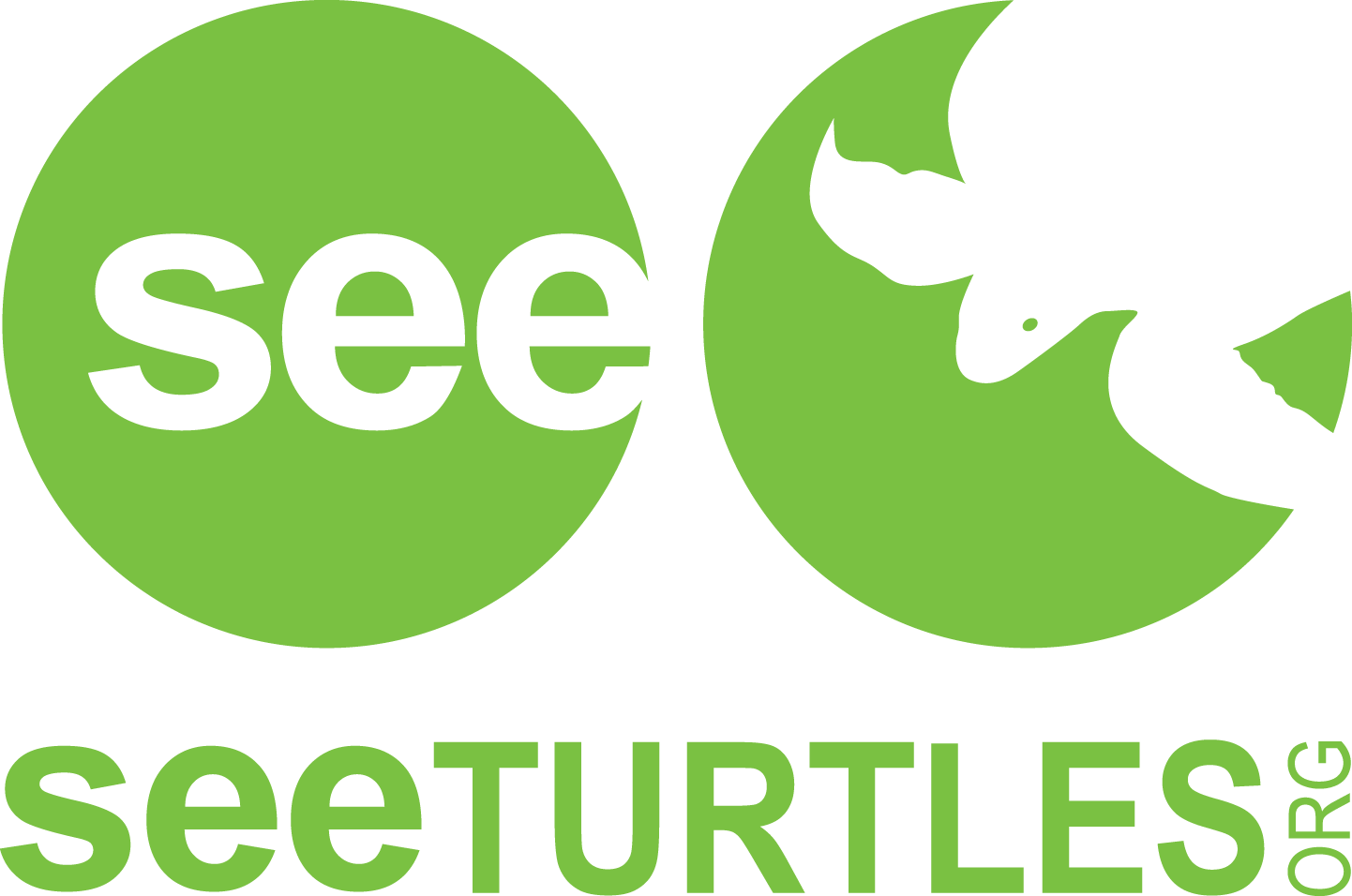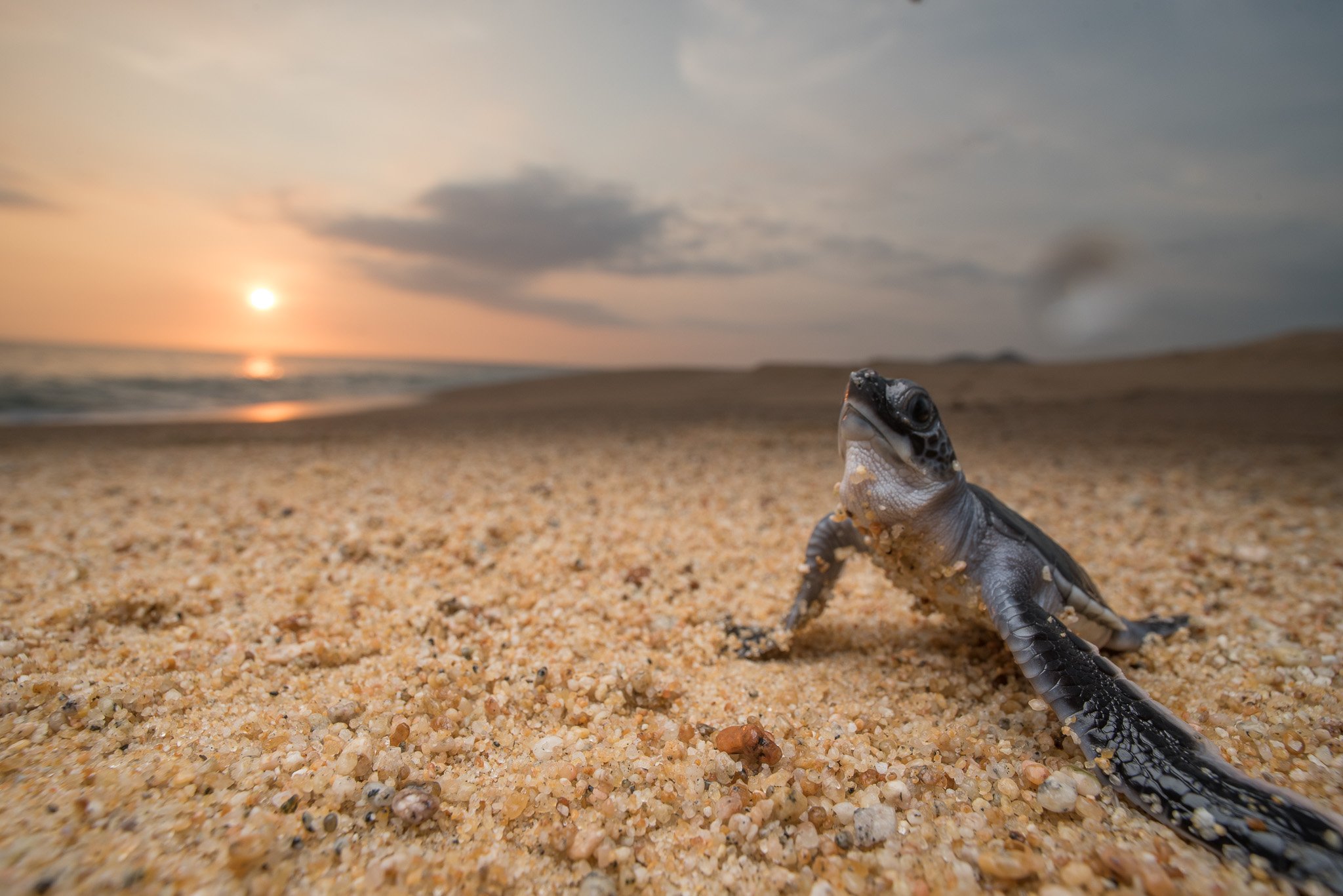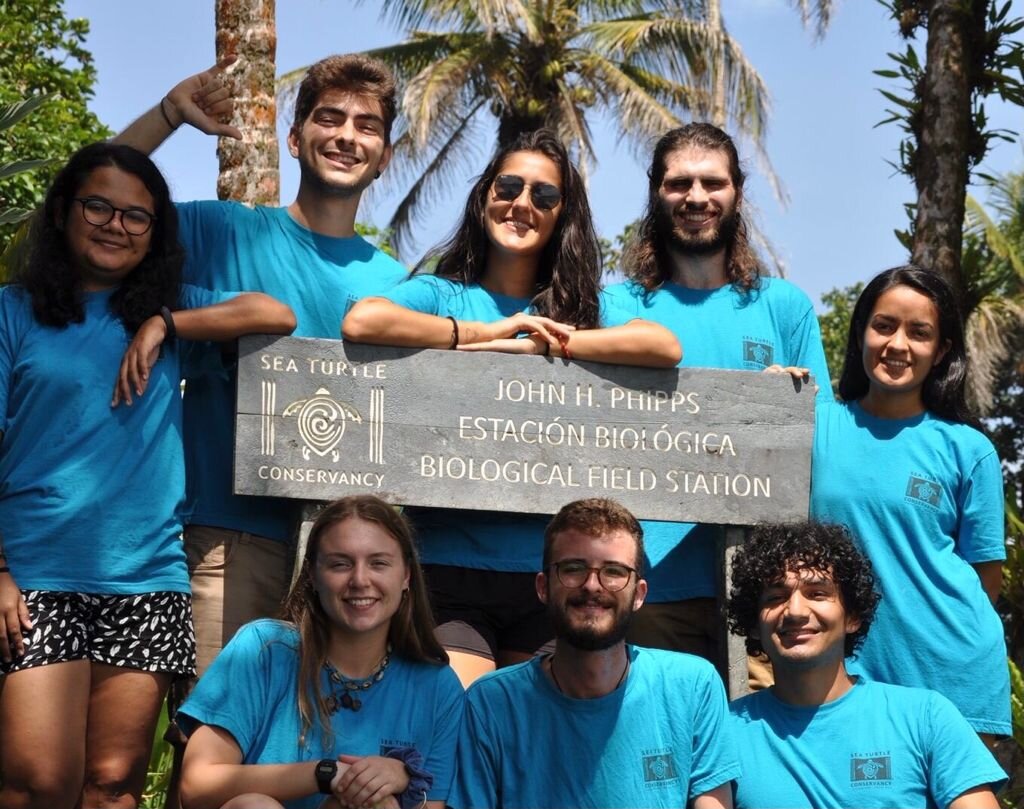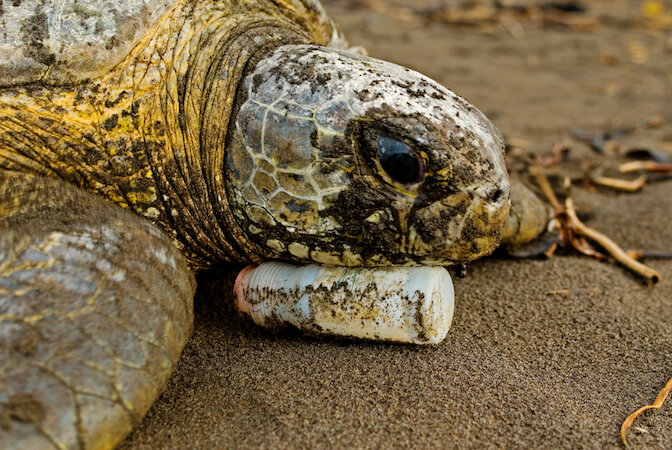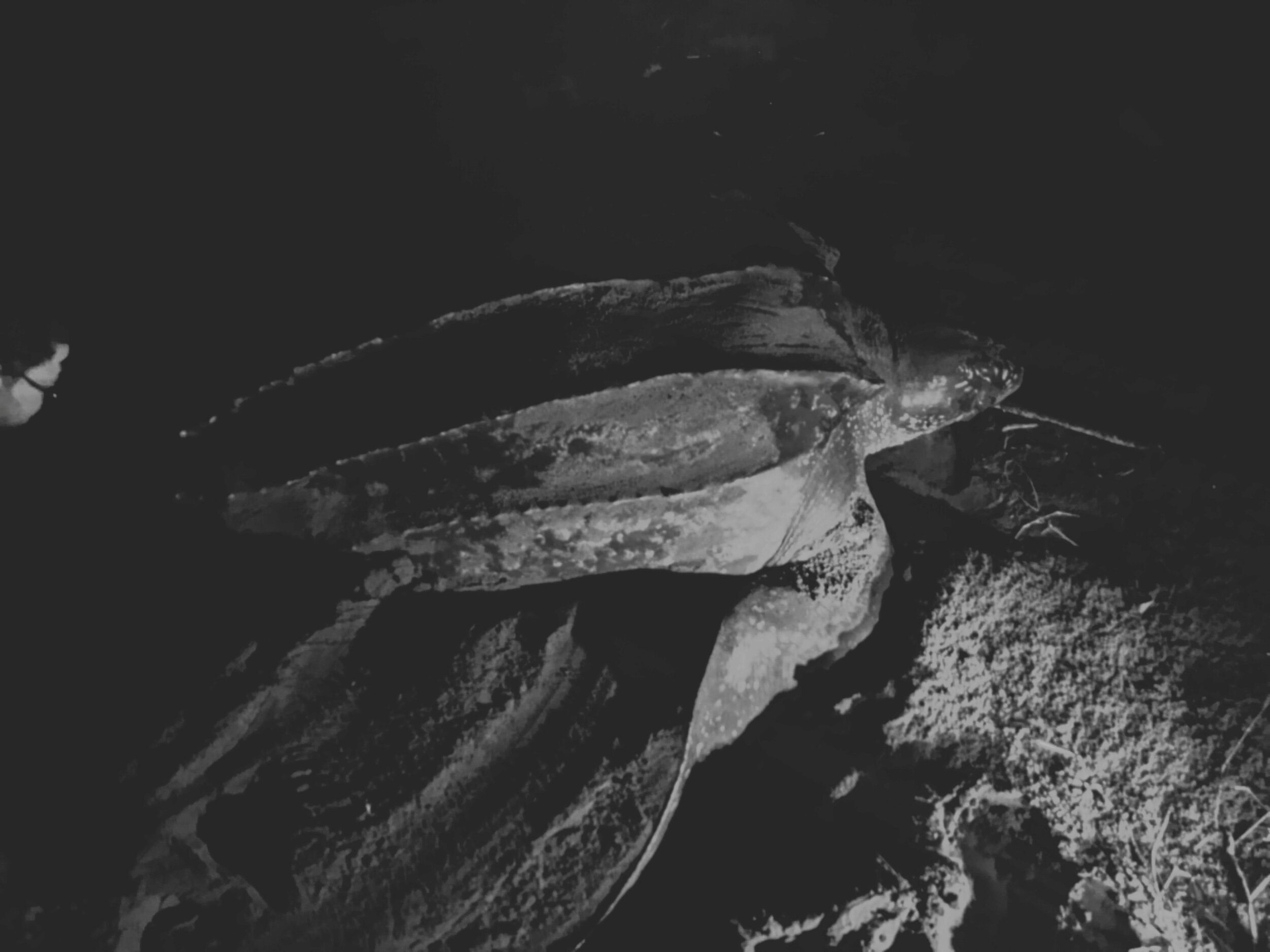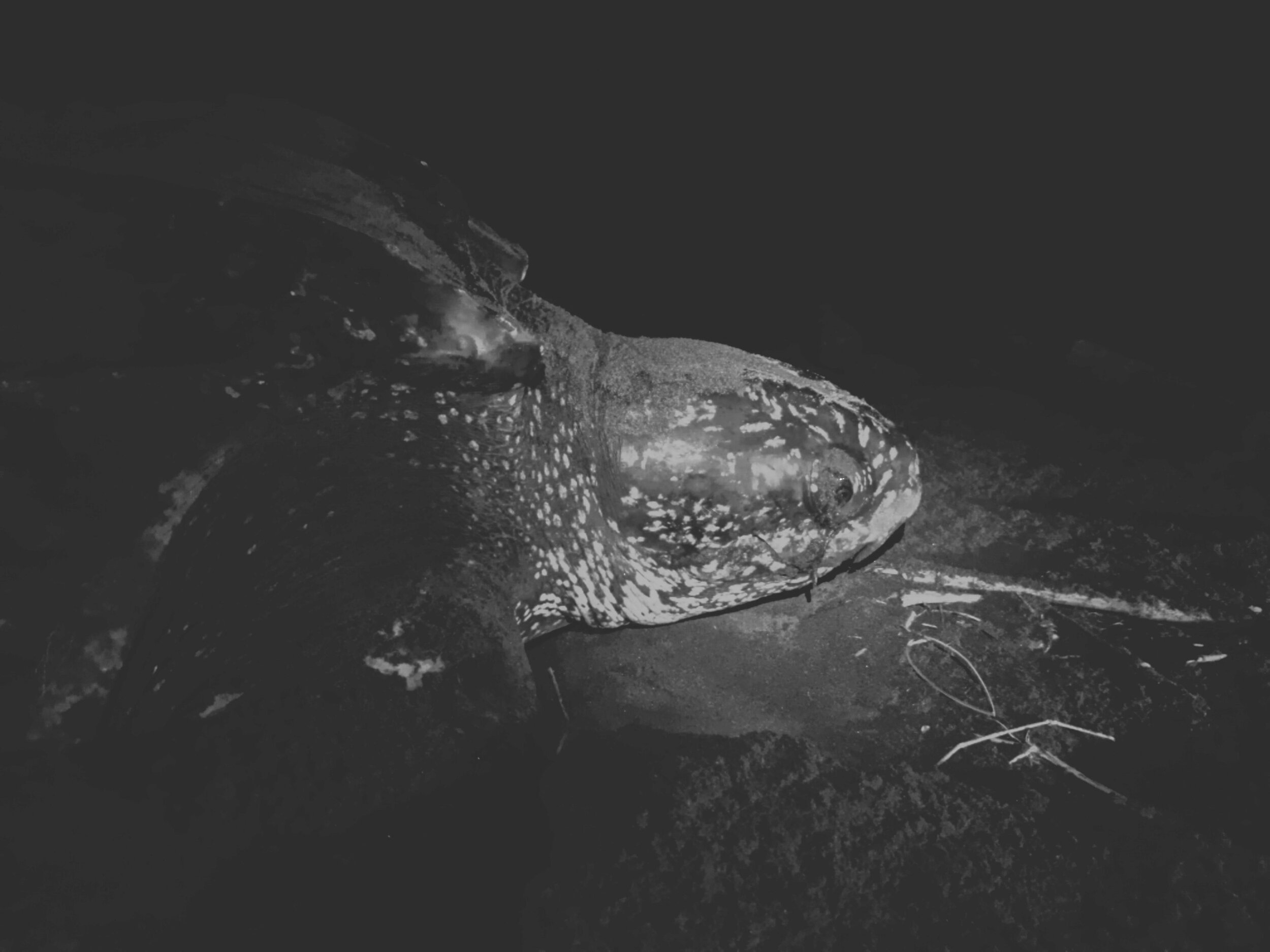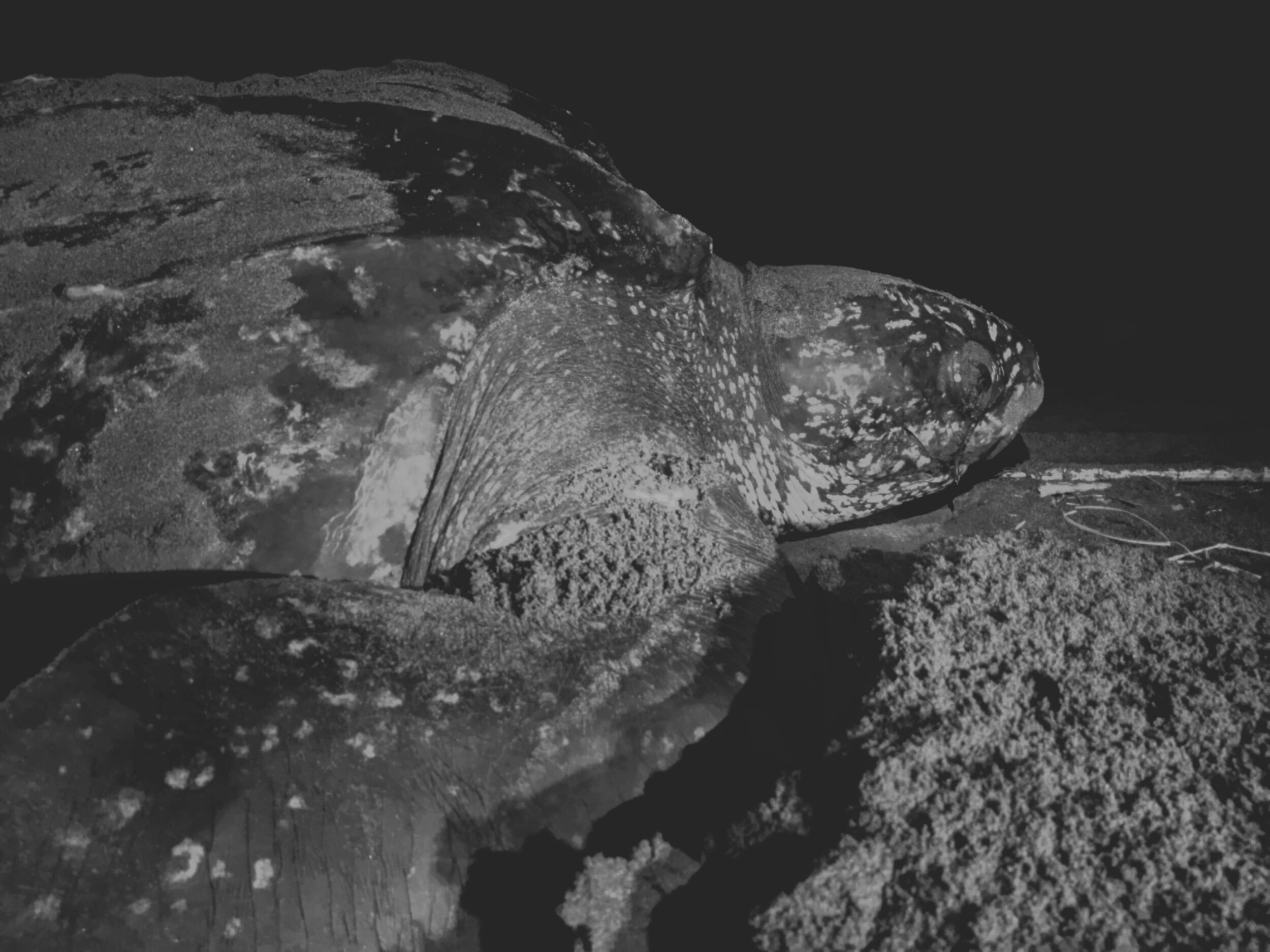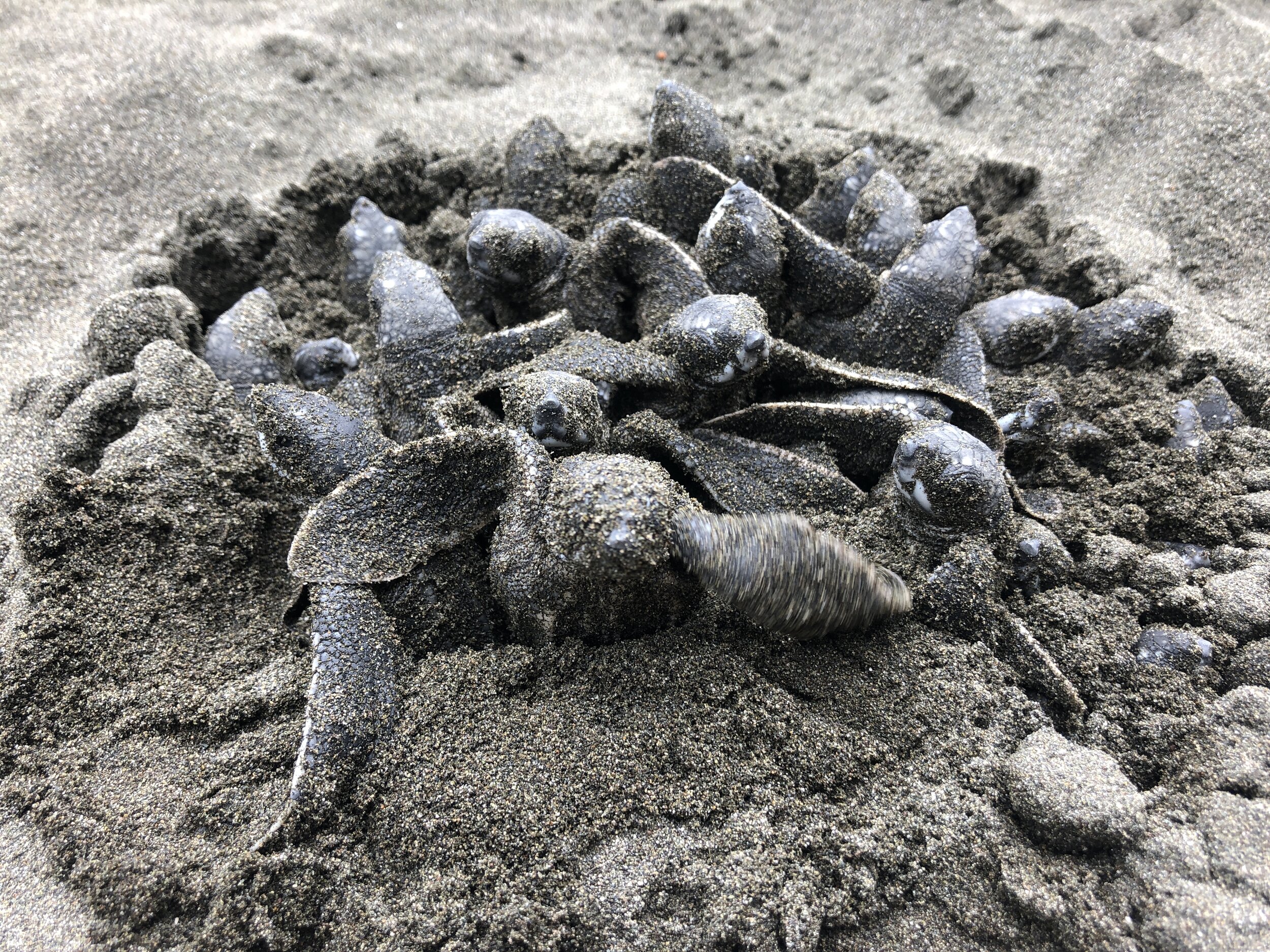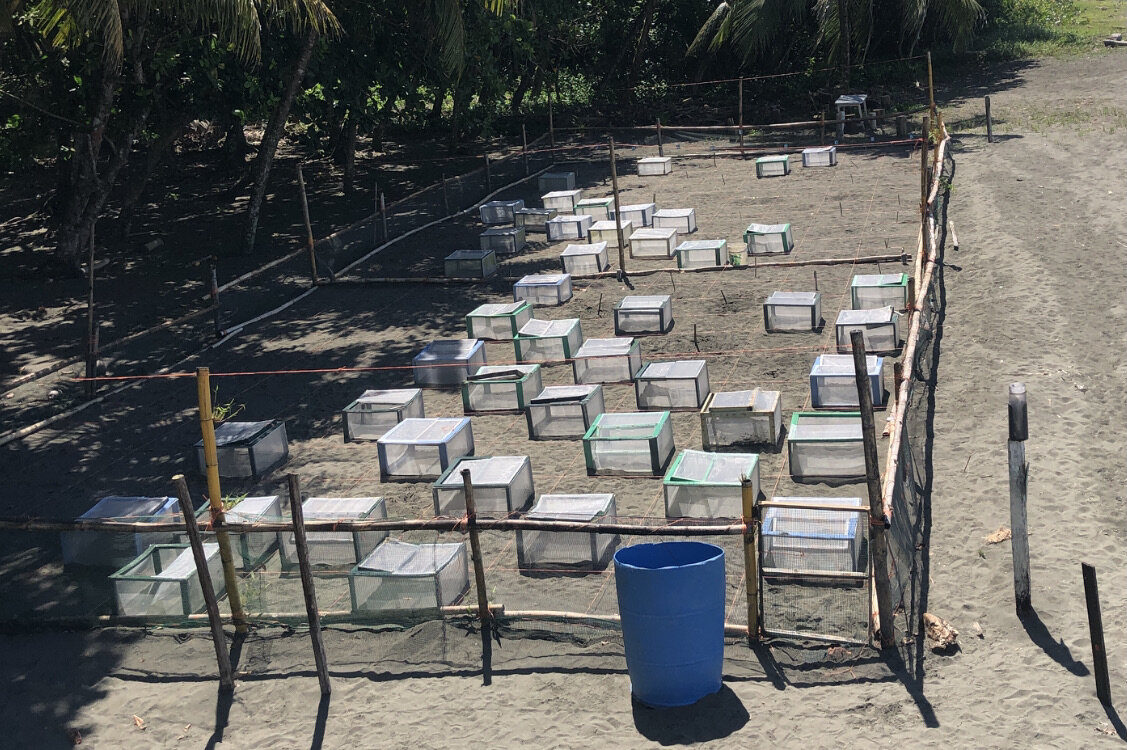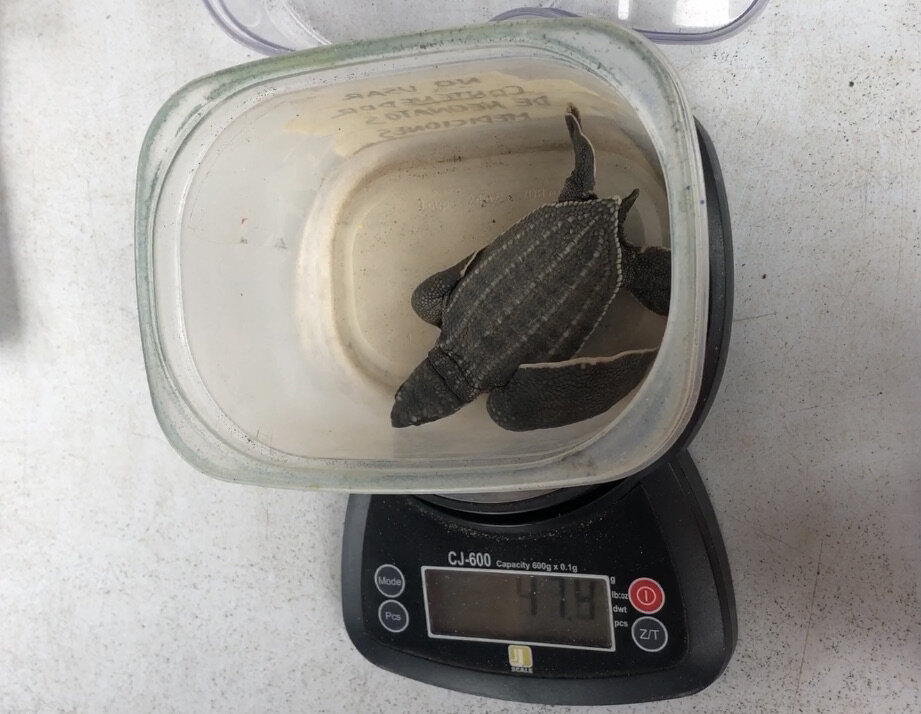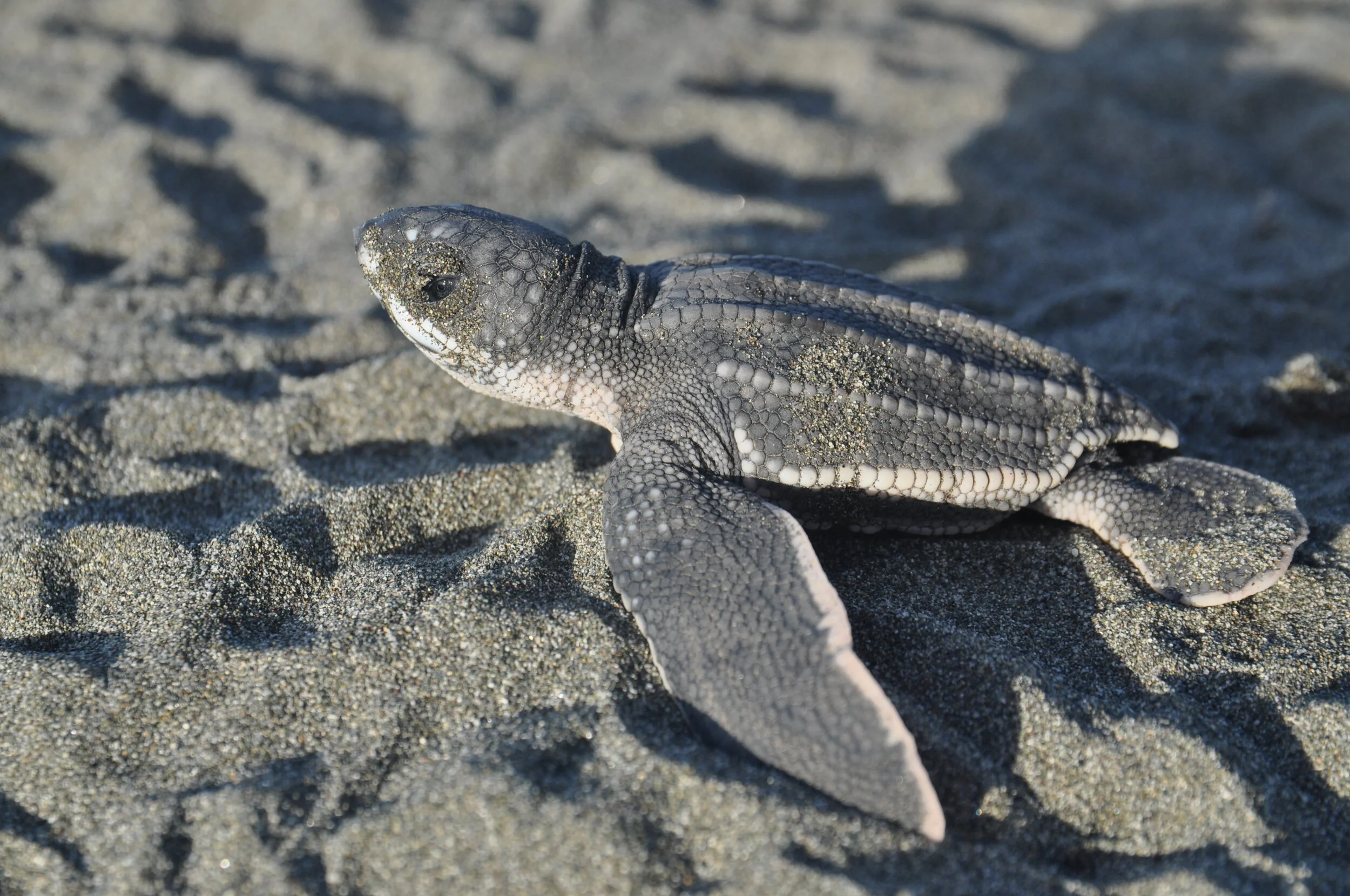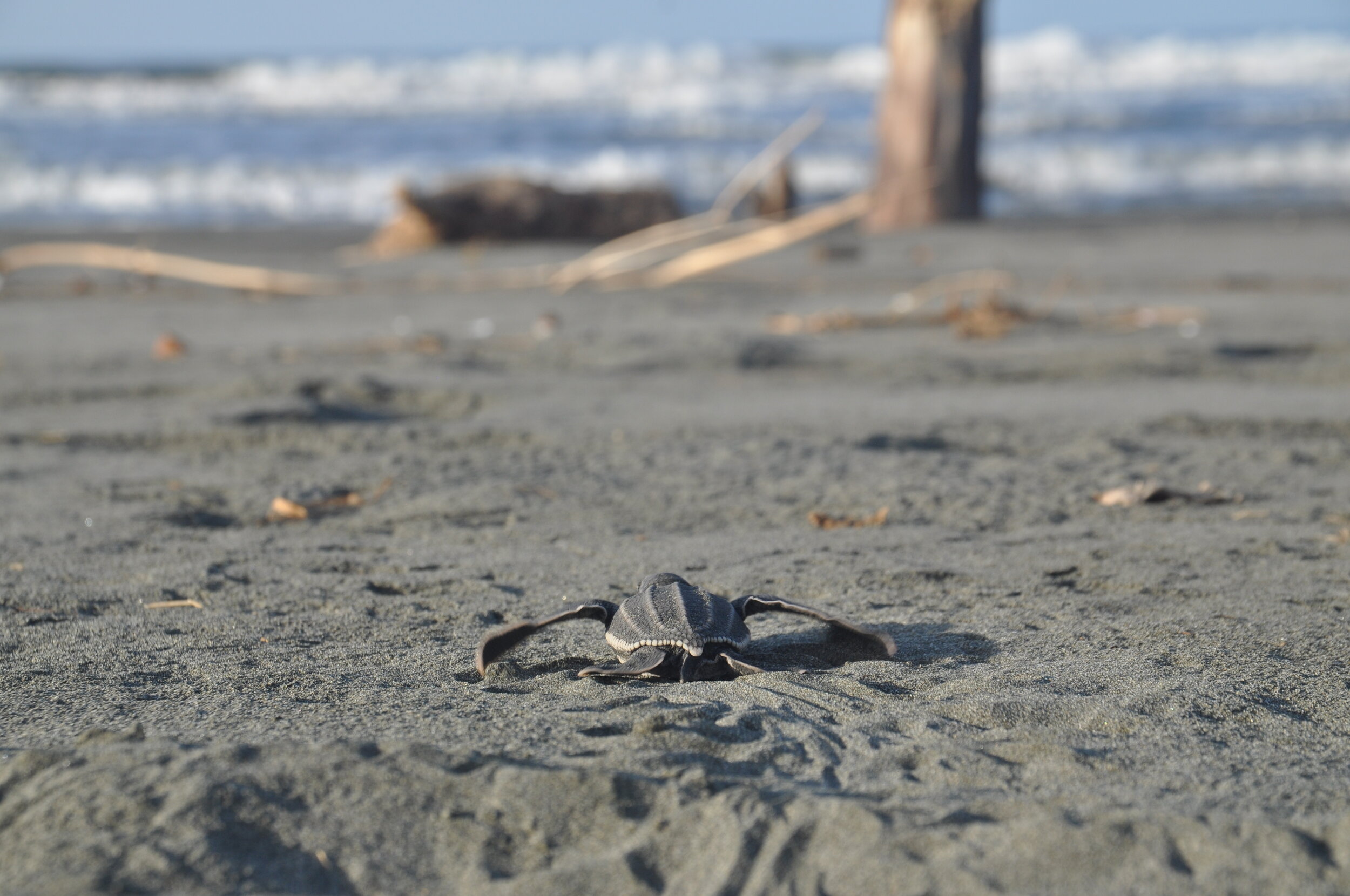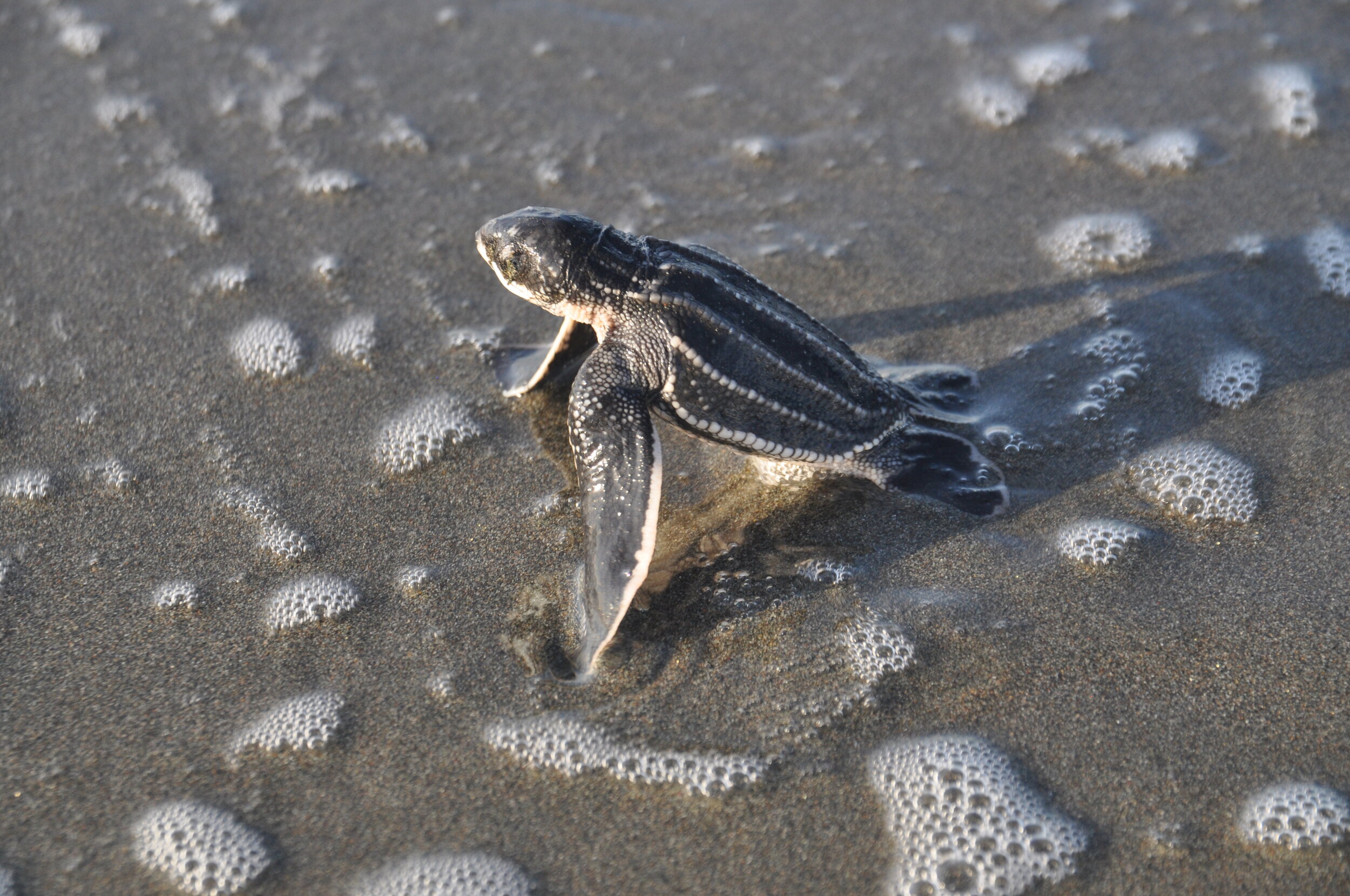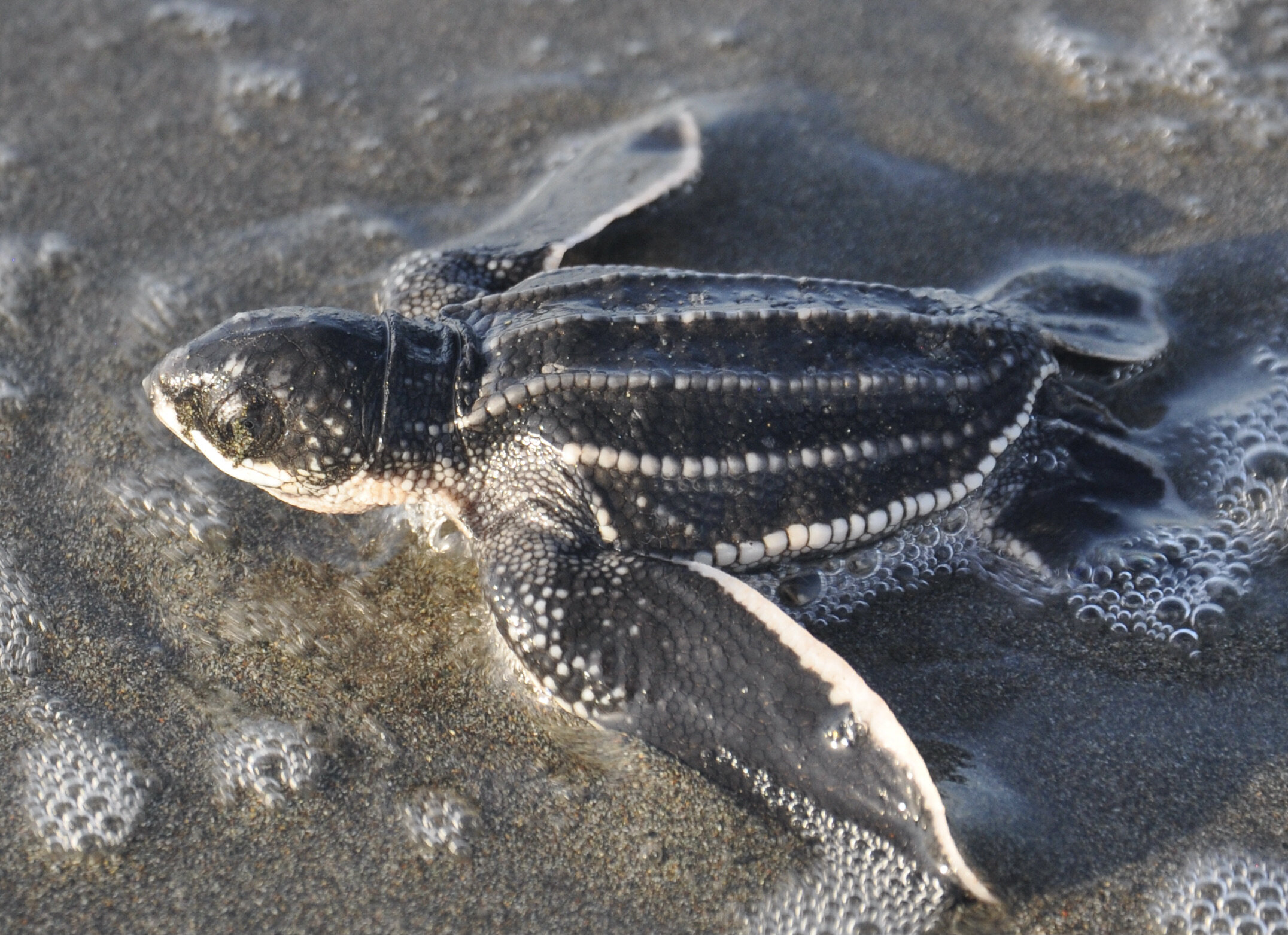I’ve worked in ocean and sea turtle conservation fundraising for the past two decades and have seen many different innovations that have helped nonprofits like SEE Turtles raise more funds. But I’ve never seen anything like the influx of funds now coming from the world of cryptocurrency and NFTs. In September of this year, we had basically zero crypto donations; now as we enter 2022, we have raised more than $90,000 from NFTs and other donations, more than ten percent of our total income.
We expect 2022 to be even better and these donations are a major part of our strategy to expand our organization and impact. We are now working with a number of different projects that have tremendous potential to impact sea turtle conservation efforts. We now accept crypto donations through our website here.
Since this area is new to many people, we wanted to share some information on how these projects work, how they are helping us save sea turtles, and answer some common questions about crypto philanthropy.
How Are Crypto & NFT Donations Helping Sea Turtles?
The $90,000 in donations that we have received to date have supported our work in the following ways:
Our new collaboration with artist and sea turtle conservationist Andrew DiMatteo to release collectible NFTs from our hatchling photos will generate donations of 80% of the purchase price and come with both real world impact and real world benefits. Learn more and pick one up for yourself here.
Roughly $60,000 in funding from Next Earth over the past three months has been divided between our Sea Turtles & Plastic, Too Rare To Wear, and Billion Baby Turtles programs. These funds have supported projects in Mexico and Kenya to clean up turtle nesting beaches and recycle the plastic into products that support conservation and local communities. For Too Rare To Wear, these funds will help us launch the world’s first phone app to use AI technology to identify illegal tortoiseshell products from photos.
$30,000 in donations to date from @TurtlesNFT has supported our Billion Baby Turtles program, which provides funding for turtle nesting beaches around the world. With these funds, we have provided funding for nesting beaches in Costa Rica, Gabon, Panama, and Mexico that we expect to help save at least 300,000 hatchlings in total.
$1,500 in funding from Beach Token is matching our $1,500 grant ($3,000 in total) to fund a nesting beach in Papua New Guinea run by the Conflict Islands Conservation Initiative to protect hawksbill and green turtles.
New NFT launching with MegafaunaNFT
Click here for a current list of supporters and projects.
What Are NFT’s?
NFT stands for “non-fungible tokens” which is a unique digital form of ownership. Digital assets can be made into NFTs such as artwork, music, photos, and more. By creating this token, ownership of the asset is stored on a “blockchain” that authenticates the owner. Recently, NFT artwork has become a hot commodity, with some selling for as much as several million dollars. Depending on the specific NFT, there can be ways to earn income from reselling them as well as ways to earn a form of virtual interest. Learn more here.
Why Focus on Crypto Donations?
Raising funds for a small organization like SEE Turtles can be challenging when competing with big conservation organizations. But in the crypto philanthropy world, the size of the organization is not as important as its impact and openness to accept crypto donations. Many organizations remain skeptical about this area but ones like SEE Turtles that are embracing it can raise funds that would not be possible to do from individuals, corporations, and foundations. We see this area as a way to quickly scale up our organization and dramatically increase the support we provide for nesting beaches, plastic projects, and our tortoiseshell campaign.
Isn’t Cryptocurrency Bad For the Climate?
It can be but it depends. Bitcoin has gotten a lot of attention for its outsized carbon footprint due to the amount of energy required to conduct transactions. But many currencies, projects, and NFTs are based on different systems (known as “blockchains”) that have a fraction of the energy consumption. We share the concern about the energy intensive blockchains, especially because sea turtles are vulnerable to climate change. While we don’t control which blockchains our donors use, we are advocating for reducing energy use in this area and are seeking out collaborators that focus on blockchains that use a small fraction of the energy of Bitcoin and actively work to offset remaining emissions. Learn more about our current and upcoming partners below. The NFT we are launching with Andrew will be on Solana, which uses a fraction of the energy of Bitcoin and Ethereum.
Is This Financial Advice?
Definitely not. We’re not financial advisors and none of the information here should be taken as advice on investing. We simply want to let everyone know what projects out there are supporting our work but we have not evaluated any of their offerings in terms of long-term profitability. Please check with your own financial advisor to learn about what investments make sense for you.
